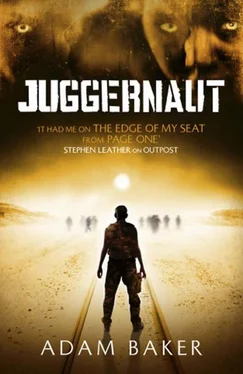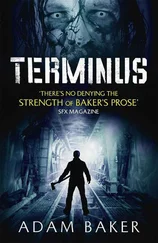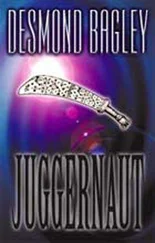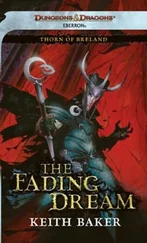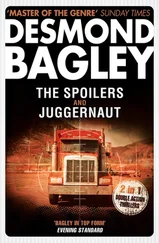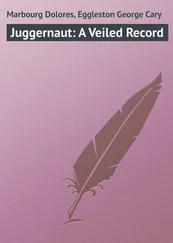I told the men to carefully drill the tanks and purge any liquid propellant that might remain. The craft appeared to be in the same state as the Scud. Broken and depleted. Any volatile rocket fuel, liquid hydrogen or nitrogen-tetroxide, long since leeched away. But I didn’t want to risk an explosion if we had to cut our way inside with oxyacetylene gear.
I knew there would likely be pyrotechnic charges bedded in the frame of the side hatch to enable an occupant to blow the door, but they were not accessible from outside and couldn’t be disarmed.
I propped the ladder against the craft and climbed onto the hull. I walked from tail to cockpit.
I crouched and ran my hands over the heat tiles, tried to find a seam which might indicate some kind of payload bay, but it was sealed tight.
I climbed from the vehicle and filmed the belly of the craft. I filmed the keel in close-up. The ablative tiles that covered the keel like fish scales had been cooked by unimaginable heat. They had melted to a strange, petroleum sheen.
The nose of the orbiter hung over the edge of the wagon. I filmed the hydraulic stump of the nose gear.
Space debris often falls in this part of the world. Most Russian capsules re-enter the Earth’s atmosphere over Egypt, passing over Iraq following a controlled trajectory that will allow them to touch down in the steppes of Kazakhstan. Radar records indicated Spektr followed a steep, ballistic trajectory. It suggested the craft was guided by an automated system struggling to control a vehicle in free-fall. Air-brakes unfolded and were instantly torn away. Ailerons extended to increase drag and shrivelled in fierce re-entry heat. As the craft blazed through the mesosphere any astronaut aboard would have been subjected to lethal G-force. If they were alive when Spektr left orbit, they were certainly dead by the time the vehicle broke the cloud-deck.
Spektr slowed two kilometres from impact. Maybe a drag chute had been released. Maybe braking rockets fired in the nose to decelerate the craft. The undercarriage deployed as part of a pre-programmed landing sequence. Then the super-hot vehicle ploughed into the desert and buried itself in the sand.
A lost Russian spacecraft. It should have been headline news. It should have mobilised armies.
And there was the orbiter itself. The very fact of its existence. The Russians built a couple of shuttle prototypes but didn’t fly a single manned mission. The creation of the Spektr vehicle suggested a shadow space programme of astonishing ambition and sophistication had successfully eluded Western intelligence agencies.
I examined the crew access hatch. It was in the starboard side of the craft behind the cockpit. No obvious door release. Smooth heat tiles. No handle.
The hatch was circular. It was surrounded by a metal ridge. The metal had melted during the heat of re-entry and smeared in rivulets like candle wax. Some kind of docking collar. An umbilicus rim and capture latches. Spektr had not been alone in space. It had been tethered to a companion vehicle or high-orbit installation.
More questions than answers. I was anxious to open the hatch and explore the interior of the craft, but I received terse radio instructions that Spektr was to remain sealed until Koell himself was present. I was told to post sentries, make sure none of my men approached the vehicle.
Koell gave me desert coordinates. He ordered me to meet his plane.
The designated landing site was twenty miles from the valley entrance. A stretch of waste ground firm enough to be used as a crude airstrip.
My driver was asleep in a Jeep. I shook him awake.
We rode through the rail tunnel and into the desert. We parked in the middle of vast nothing. We created an improvised landing strip: drove flag-stakes into the ground and kicked aside rocks.
We waited. Dawn was breaking. I scanned the horizon with binoculars.
I was anxious to see the plane. If it was an Iraqi military flight, one of Saddam’s ageing Ilyushins, then it had probably flown from Baghdad and I might still, at some level, be answerable to Saddam’s command apparatus. If the plane was a modern, Western aircraft, then it would likely have originated from one of the Persian Gulf Emirates, south-west of Dubai. Clandestine hubs favoured by NSA and CIA black ops. Proof I had ceased to work for the Iraqi government and had a new paymaster, an intelligence entity that regarded this regional war as a trivial distraction from the pursuit of its own dark purpose.
It came from the east. The plane flew low. A dot that slowly resolved into the bulky silhouette of a turboprop freighter. A Fairchild Provider. Silver, with Red Cross markings. A CIA work-horse. The type of cargo-lift that flew resupply missions and defoliation runs in Vietnam.
The plane circled and swooped to land.
I crouched behind the Jeep alongside my driver and covered my ears. The back-wash of the plane threw out tornadoes of sand and grit.
Engine noise diminished to a drone. I stood and shook sand from my hair, slapped dust from my clothes. The plane taxied and came to a standstill.
A whine of hydraulics as the loading ramp descended, folded down like a castle drawbridge. Aircrew got out and checked tyres.
Two Land Rovers rolled out of the ribbed cargo bay. Brand new, fully equipped, sprayed desert drab.
The Land Rovers drew up to our Jeep. A man got out. I felt a cool wash of air-conditioning as he opened the door. He wore expensive hiking gear. I didn’t recognise brand names but his boots and sunglasses were fresh out of the box.
He shook my hand.
‘Koell.’
‘Jabril.’
Cheerful, but distant. The kind of man that would maintain a pleasant smile as he drove a knife into your belly.
‘Care to lead the way?’
We climbed in our Jeep and retraced our tyre tracks back towards the ravine.
I turned in my seat. Koell’s Land Rover behind us. He smiled. He waved. His driver chewed gum and blanked us with wraparound shades.
Our little convoy kicked up a dust storm as it lurched across the dunes.
We drove into the rail tunnel. Engine roar amplified by tight tunnel walls. Bright lights behind us. Halogens mounted on the Land Rover grille, trained on our backs like searchlights.
We emerged into the valley. We shielded our eyes from sudden sun. We drove past the citadel and parked in front of our camp.
Koell and his men climbed from their Land Rovers. His team lit cigarettes. They talked among themselves. They spoke Russian.
‘Who are these men?’ I asked. ‘I assumed you would bring Americans.’
He grinned.
‘The nation-state is a rather antique concept, don’t you think? These days we outsource our killing.’
Koell paid no attention to the extraordinary ruins on the other side of the valley floor.
‘Show me Spektr.’
I led him through the narrow ravine. We walked beside the railroad. He didn’t talk. He didn’t look around. He strode towards the mine tunnel with unwavering focus.
We entered the mine. We walked the length of the wide passageway, past carriages and wagons, until we reached the cavern.
‘Good God.’
Koell walked a full circuit of the Spektr craft. He was enraptured. He reached up and stroked heat tiles.
‘ Pilotitruemyy Korabl-Perekhvatchik ,’ he murmured.
‘What does that mean?’ I asked.
‘The Manned Interceptor Spacecraft. A crude space fighter. The US had similar plans during the eighties, but they didn’t progress further than a few balsa models.
‘Spektr was just a rumour. A daydream. Brain-child of a few old Soviet hard-liners who want to recapture the glory days of the Sputnik era and restore national pride. Nobody believed the Spektr project progressed further than a blueprint. Certainly never flew. But here she is.’
Читать дальше
